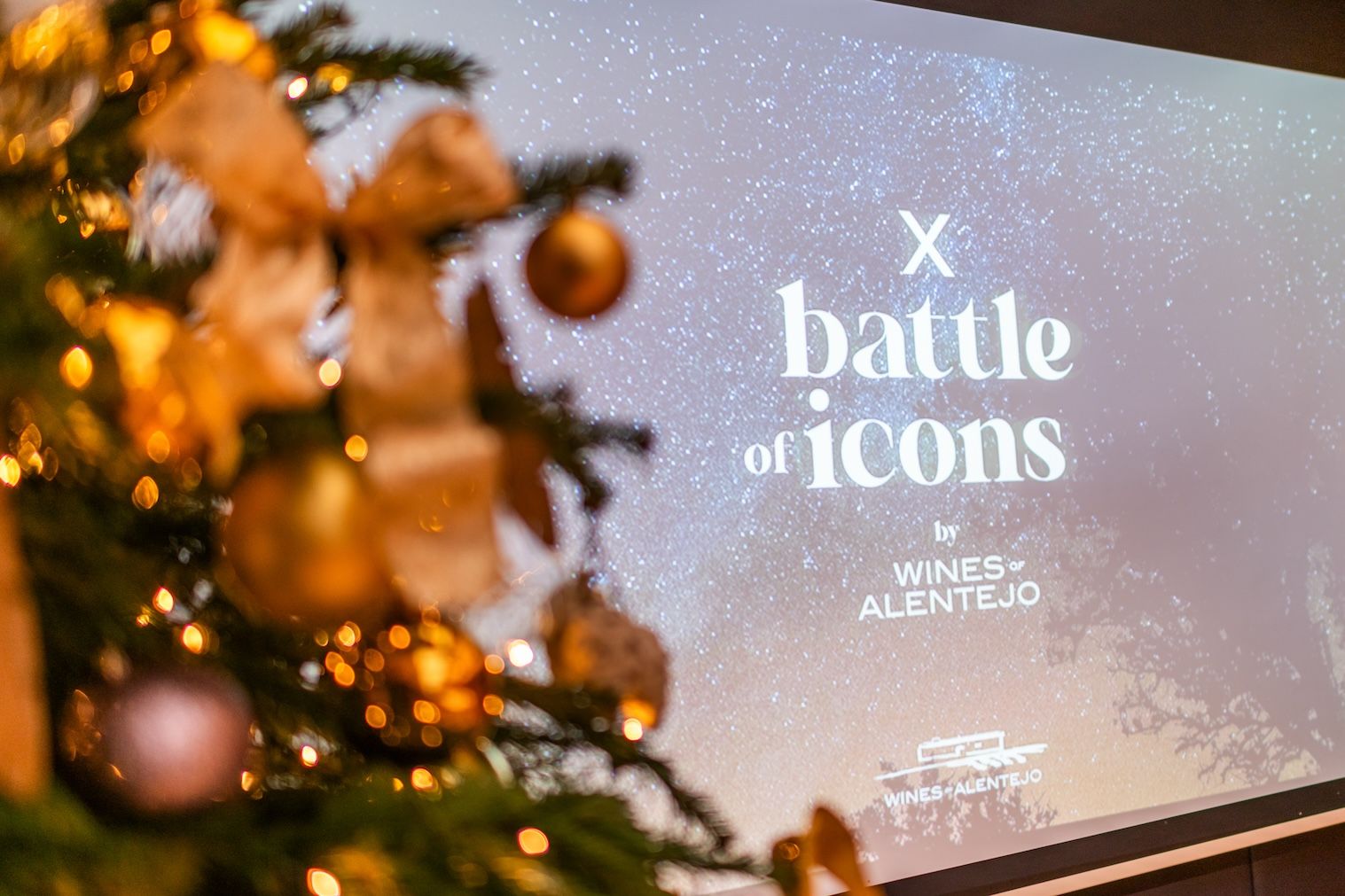One trend from the emerging wine regions is that the best producers are understanding the value of their indigenous grape varieties – getting better at working with them and increasingly recognise that they represent their best chance at establishing a real presence in the ever-competitive UK market.
The tasting year started with Burgundy – with a series of excellent London tastings that showed the huge potential of the 2016 vintage – and ended with Turkey: not the bird, I should add, but the Wines of Turkey event held at London’s 67 Pall Mall in late November. This tasting confirmed that this troubled nation’s wine industry is going from strength to strength, although whites still remain an area for improvement.
In between? Well, there was no shortage of fantastic wines, notably from Italy and Portugal – probably the two countries I follow most closely – from Down Under and the US, with Oregon and Washington State increasingly giving California a run for its money in the on-trade.
But for me the most notable trend of 2017 was that this was the year that emerging wine regions really broke through, becoming so much more than also-rans both in importers’ lists and in the public consciousness.
Many of these regions are successfully fine-tuning their image and getting their strengths recognised, at the same time as working on improving quality. Most importantly, the best producers are understanding the value of their indigenous grape varieties, are getting better at working with them and increasingly recognise that they represent their best chance at establishing a real presence in the ever-competitive UK market.
Who, after all, really wants a Greek Merlot or a Turkish Chardonnay when both countries have such a fascinating choice of local varieties to chose from?
This was a year when Greece, Turkey, Bulgaria, Croatia, Slovenia and even Romania – where quantity has long taken priority over quality – seemed to take major steps forward. Only Georgia, which just a few years ago seemed so exciting, with its Kveri wines and versatile Saperavi grape seems to lack direction right now, with too many mediocre wines crowding out what is good.
Hallgarten, Druitt & Novum is one of the importers that really understands emerging regions, which made its summer Mediterranean Tasting such a delight, with Turkey’s Kayra, Croatia’s Kozlovic and Cyprus’ Kyperounda all showing great wines.
The big attraction here, though, were the Greek wines, with four excellent producers all showing great wines. One of these, Gaia Wines’ Thalassitis Assyrtiko 2016 from Santorini, makes my Best of 2017 list; made from ancient wines just a stone’s throw from the sea, this is a wonderfully rich and saline example of this delicious and versatile variety whose well-tuned acidity makes it an ideal aperitif as well as a great partner to seafood.
Bulgaria’s international wine profile has been next to non-existent since the 1980s when bottles – many allegedly filled with sanction-busting South African red wine – found its way to UK wine shelves and cheap Bulgarian became the rage at UK dinner parties. However, the industry has been fighting back after years of neglect and land redistribution and the best producers are making good wines from Mavrud, the country’s star variety. If you can find it, Chateau Kolarovo’s Ahal Mavrud 2012 is a great example; so good, in fact, it becomes the second wine on my list.
Hungary’s indigenous varieties are what make its wines so fascinating to taste right nw but my third choice is a white international blend. Eger’s St.Andrea ÖRÖKÉ 2015, a blend of Chardonnay, Sauvignon Blanc, Olaszrizling and Furmint, is one of the most delicious wines I have tasted this year, beautifully balanced and linear (winehungary.co.uk).
Italy’s Alto Adige region has been my great discovery of the year. Although I had always been aware of the region and its fine Gewürtztraminers, I had not known the extent of the quality here, with cooperatives and smaller private producers alike also making great Pinot Bianco and interesting distinct red wines from Sciava and Lagrein.
Blends, however, are also excellent and one of these makes my list: Franz Haas – Manna 2015 is an amazing but balanced blend of Riesling, Chardonnay, Sauvignon Blanc, Gewürztraminer and Kerner; full-on, deliciously rounded and made from varieties harvested separately because of differing ripening dates. A great introduction to Alto Adige.
I was so impressed with the region that another of its wines makes my list: the Tiefenbrunner, Feldmarschall von Fenner zu Fennberg 2014. Muller-Thurgau is usually one of the those blah varieties, created by crossing Riesling with Madeleine Royale back in 1882 and best known for its hardy, weather resistant properties. Here in the highest vineyard plot of Muller-Thurgau in Europe, it is transformed into a delicious, mineral wine. Quite unforgettable.
Spanish wines are not normally my thing and it would be hard, by any stretch, to call Penedes (Cava country) an emerging region. However, one small producer who turned its back on the bubbles and revived an ancient, hard-to-work-with variety gets into my Top 7 of the year list. Catalonia’s Heretat MontRubi now makes a number of wines from native grape Sumoll but at a tasting in September of its Gaintus range, the 2015 really stood out, affirming the winemaker’s decision to use less oak and, generally, less interference to allow the character of the variety to shine through. This has wonderful balance and acidity and should age really well – if you can hold out that long.
As this is the festive season, it seems only right to end with Turkey and Kayra’s hauntingly delicious, highly tannic Bogazkere 2012, from eastern Anatolia (Hallgarten, Druitt & Novum). Dark forest fruits, liquorice, leather and chocolate flavours tumble out of the glass, this is a wine with fantastic ageing potential. Like the lands that it is grown on, this is one for the long term. Yo ho ho indeed.






































